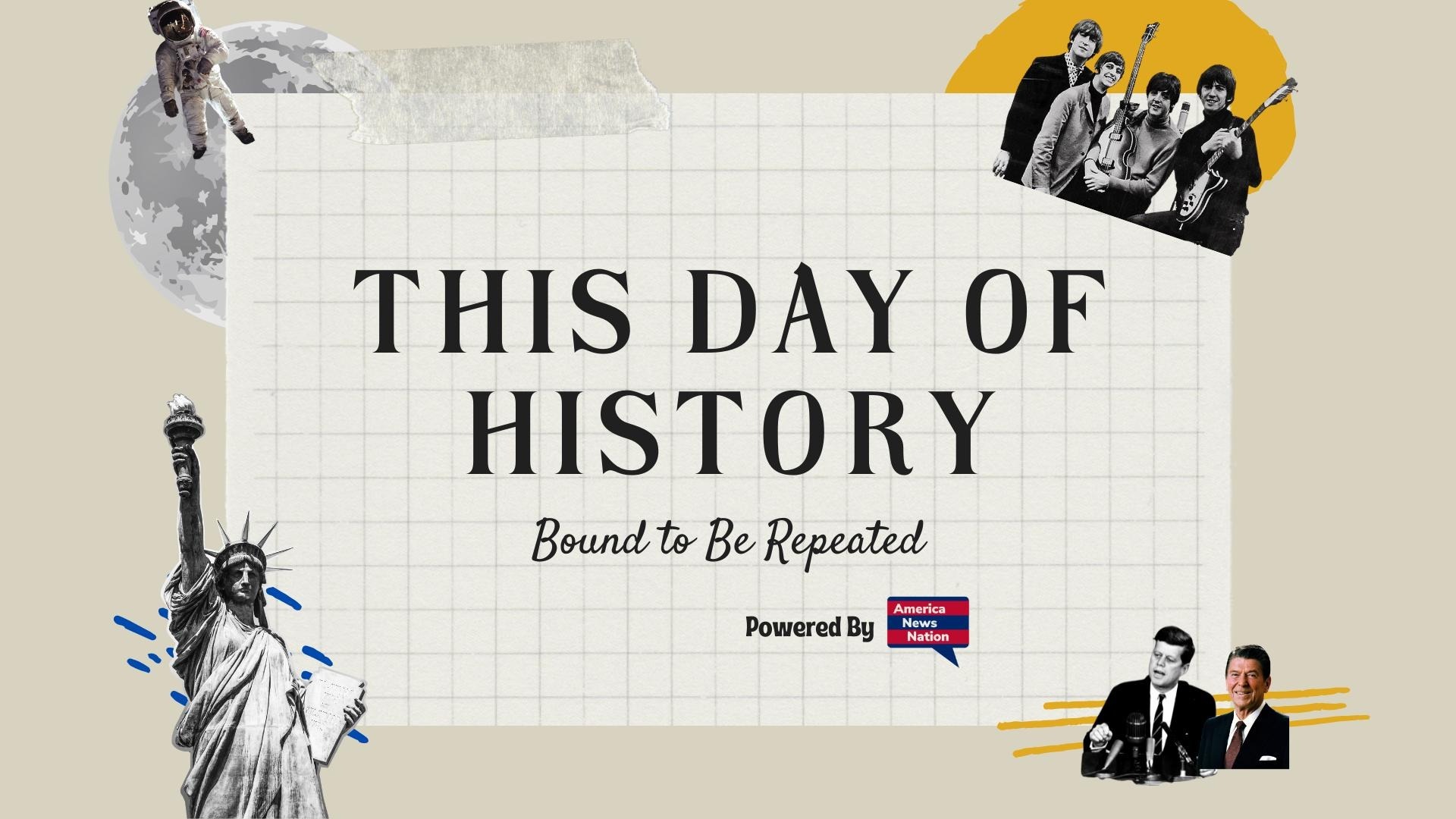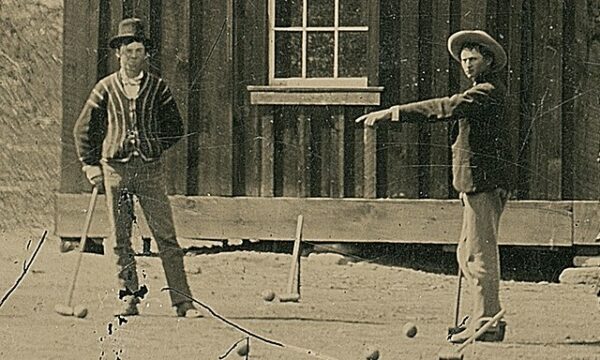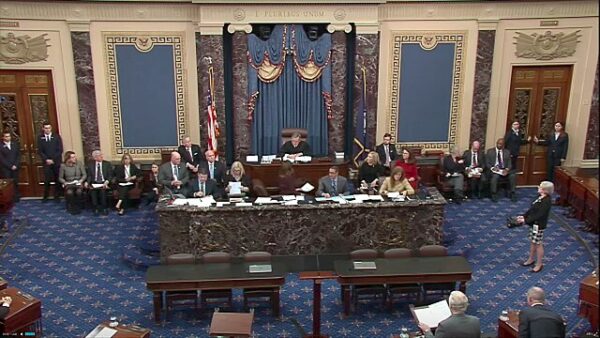On the night of April 28, 1881, one of the most legendary figures of the American West, Billy the Kid, staged his most daring feat: a violent and dramatic escape from the Lincoln County jail in Mesilla, New Mexico. Already infamous as an outlaw and gunslinger, Billy’s breakout cemented his place in Western folklore, adding yet another chapter to the turbulent saga of the Lincoln County War and its bloody aftermath.
At the time of his escape, Billy the Kid—born Henry McCarty but also known as William Bonney—was facing execution for the murder of Lincoln County Sheriff William Brady. His conviction in April 1881 had been the result of a years-long vendetta following the violent power struggles between rival factions of ranchers, businessmen, and corrupt lawmen that had gripped southeastern New Mexico. Sentenced to hang on May 13, Billy was transferred to the Lincoln County courthouse, which doubled as a jail, under the guard of Deputy Sheriffs James Bell and Bob Olinger.
Accounts suggest that Billy, who was being held on the second floor, was unshackled for a trip to the privy when he made his move. Somehow—whether by slipping a hidden firearm from a sympathizer or overpowering Bell during the escort—he managed to seize a weapon. In the ensuing scuffle, Billy shot and mortally wounded Bell on the courthouse staircase.
With Bell dead, Billy turned his attention to Deputy Olinger, who had ironically just left the building to eat lunch at the nearby Wortley Hotel, boasting that the Kid would not live to see the gallows. Billy seized Olinger’s loaded shotgun, and when the deputy rushed back upon hearing gunfire, Billy ambushed him from a second-story window, delivering a fatal blast. Some accounts claim Billy taunted Olinger with the words, “Hello Bob,” before firing.
Having eliminated his two guards, Billy now faced the task of escaping the town itself. With iron chains still fastened around his ankles, he worked quickly, using a pickaxe to break the cuffs free. Locals reported hearing sporadic gunshots from the courthouse, which Billy likely fired to discourage any attempt at recapture.
Displaying remarkable composure and audacity, Billy even took time to gather supplies—reportedly commandeering a horse from the street—and rode out of Lincoln with lawmen and townsfolk too shocked or intimidated to mount an immediate pursuit. Within hours, he had vanished into the rugged New Mexico terrain he knew so well.
Billy’s escape sent shockwaves through the territory. Newspapers across the Southwest sensationalized the story, portraying him alternately as a ruthless killer and a folk hero who had once again outwitted the forces of the law. To many, especially among the Hispanic communities of New Mexico who sympathized with him during the Lincoln County War, Billy represented resistance against corruption and injustice. To others, he was a dangerous outlaw whose death was long overdue.
Governor Lew Wallace, who had previously offered Billy a pardon (only to renege when the politics of the situation shifted), issued a fresh bounty for the Kid’s capture, dead or alive. The reward inflamed public fascination even further, as dozens of lawmen, bounty hunters, and vigilantes dreamed of claiming both the money and the fame associated with bringing down the West’s most notorious fugitive.
Billy’s freedom would not last long. Less than three months later, on the night of July 14, 1881, Lincoln County Sheriff Pat Garrett tracked Billy to Fort Sumner and shot him dead in the darkened bedroom of Pete Maxwell’s home. Yet the Kid’s legend had already been sealed. His escape from the Lincoln County jail became a quintessential story of the American frontier—a vivid symbol of defiance, cunning, and the blurred line between villain and hero that characterized the mythos of the Wild West.
Today, Billy the Kid’s April 28 escape remains one of the most iconic jailbreaks in American history.






